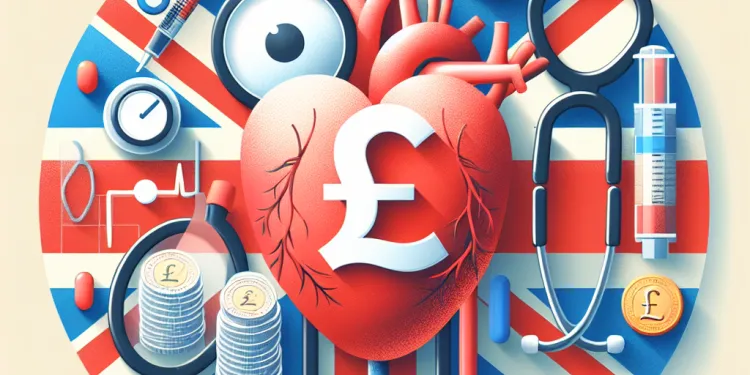
Find Help
More Items From Ergsy search
-
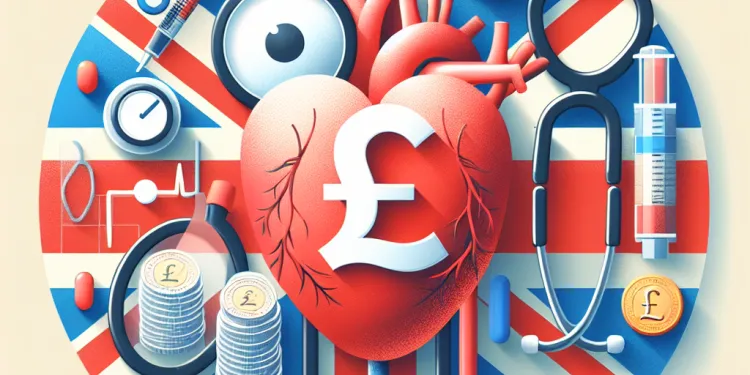
What are the types of thrombosis?
Relevance: 100%
-

What is thrombosis?
Relevance: 79%
-
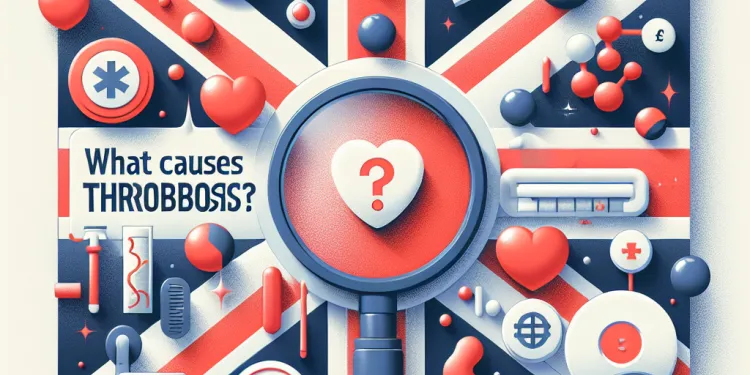
What causes thrombosis?
Relevance: 71%
-

How is thrombosis diagnosed?
Relevance: 70%
-
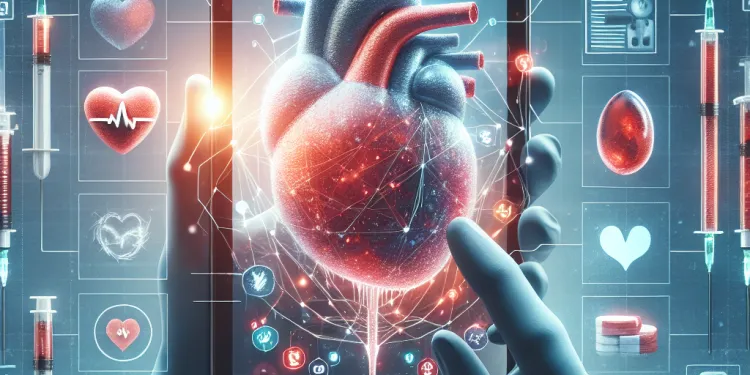
How is thrombosis treated?
Relevance: 68%
-

Who is at higher risk for thrombosis?
Relevance: 68%
-

What are the risk factors for thrombosis?
Relevance: 68%
-
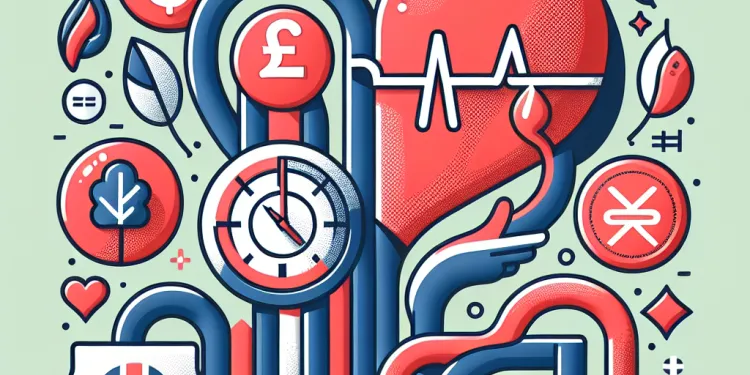
What are the symptoms of arterial thrombosis?
Relevance: 67%
-
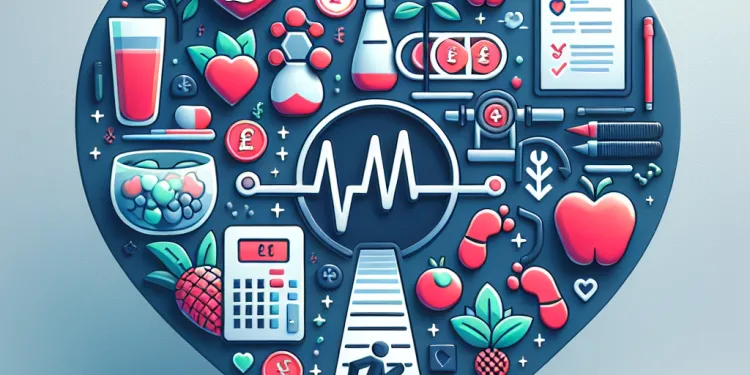
What lifestyle changes can help manage thrombosis risk?
Relevance: 59%
-
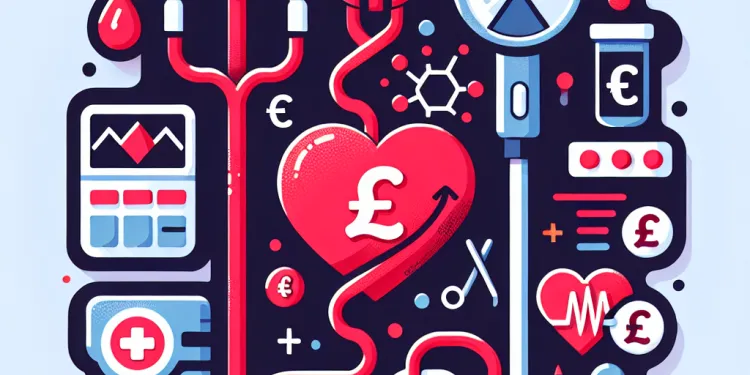
Is thrombosis a common condition?
Relevance: 53%
-

What are the symptoms of deep vein thrombosis (DVT)?
Relevance: 51%
-
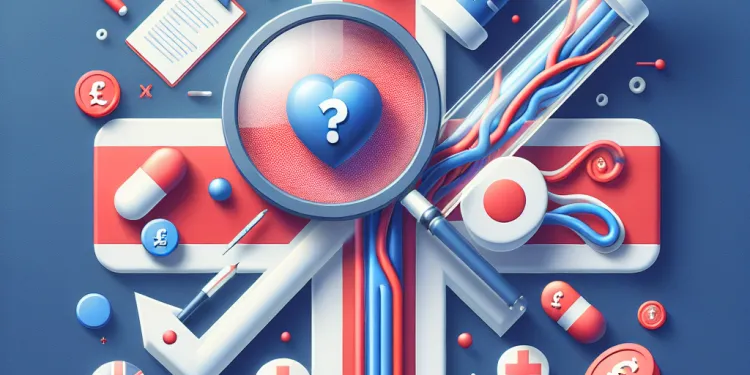
Why is thrombosis dangerous?
Relevance: 51%
-
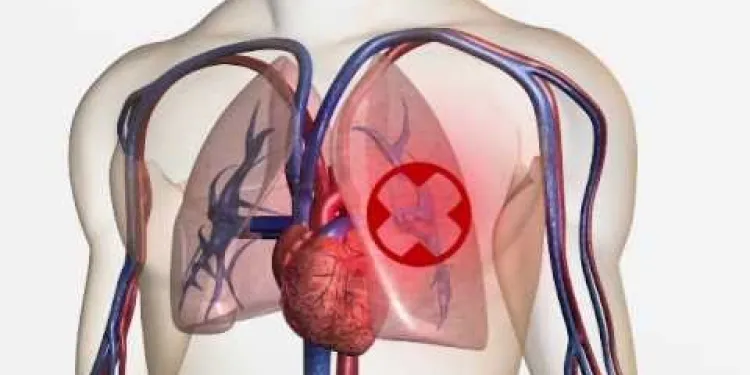
A guide to hospital-acquired deep vein thrombosis and pulmonary embolism
Relevance: 51%
-

Type 1 Diabetes supporting adults to manage Type 1 diabetes
Relevance: 32%
-

Can thrombosis be prevented?
Relevance: 32%
-

Can thrombosis recur?
Relevance: 32%
-

Is Type 2 Diabetes hereditary?
Relevance: 32%
-
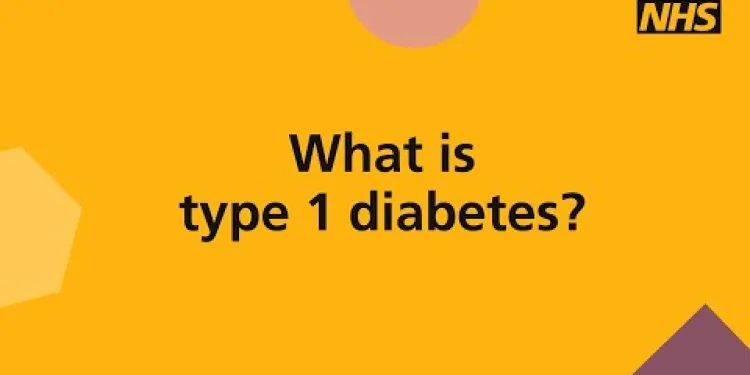
What is type 1 diabetes?
Relevance: 32%
-

Are there different types of ADHD?
Relevance: 32%
-

Is Ozempic suitable for type 1 diabetes?
Relevance: 30%
-
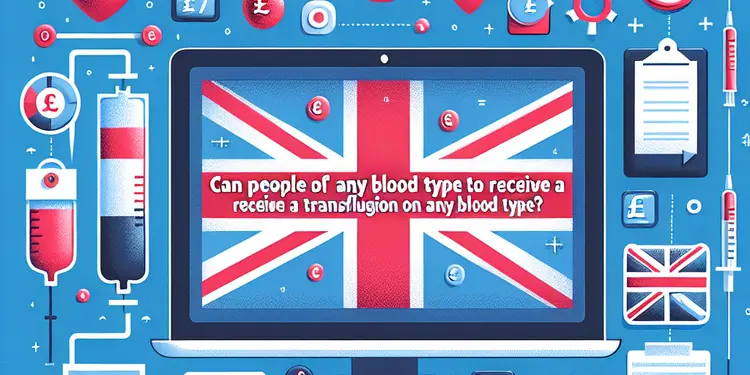
Can people of any blood type receive a transfusion of any blood type?
Relevance: 30%
-
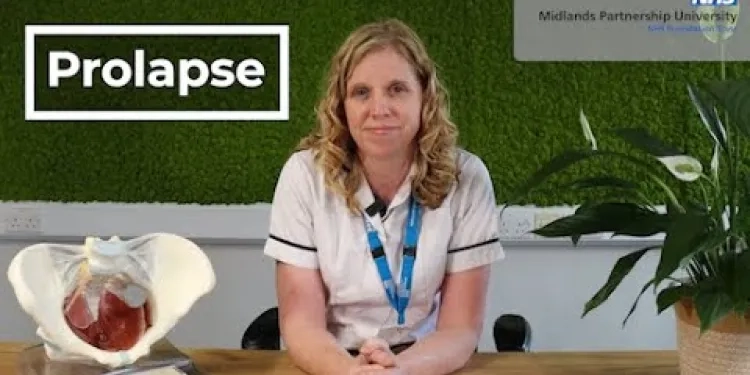
Prolapse Types and Tips
Relevance: 30%
-

Can Type 2 Diabetes go away?
Relevance: 30%
-

What causes Type 2 Diabetes?
Relevance: 30%
-

Can Type 2 Diabetes be prevented?
Relevance: 30%
-

What are the symptoms of Type 2 Diabetes?
Relevance: 30%
-
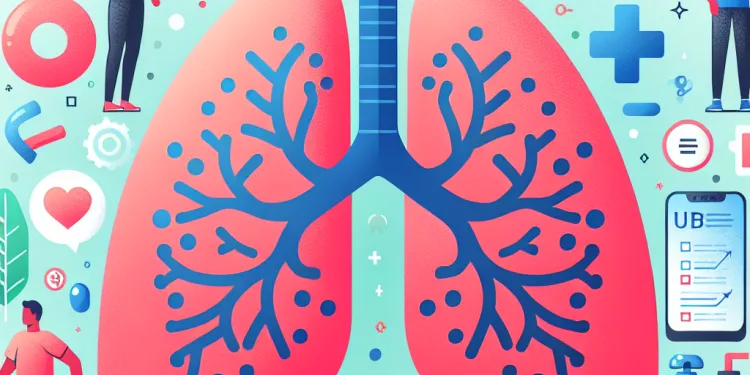
Are there different types of asthma?
Relevance: 29%
-
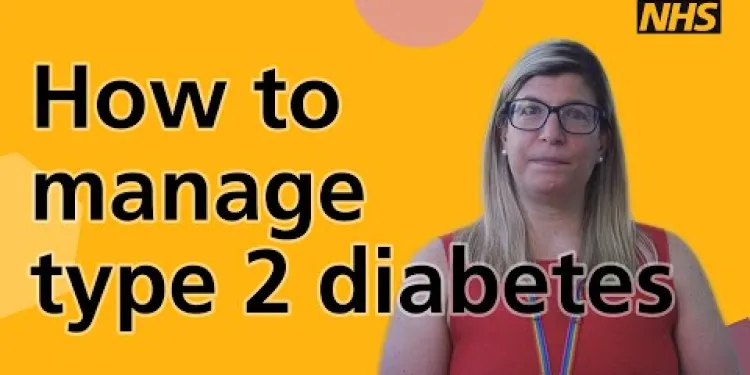
How to manage type 2 diabetes
Relevance: 29%
-

What are the types of LPA?
Relevance: 29%
-

How is Type 2 Diabetes diagnosed?
Relevance: 29%
-

What are the main types of eczema?
Relevance: 29%
-

Can Mounjaro be used in type 1 diabetes?
Relevance: 28%
-

What is the role of insulin in Type 2 Diabetes?
Relevance: 28%
-

What are the types of stoma bags?
Relevance: 28%
-
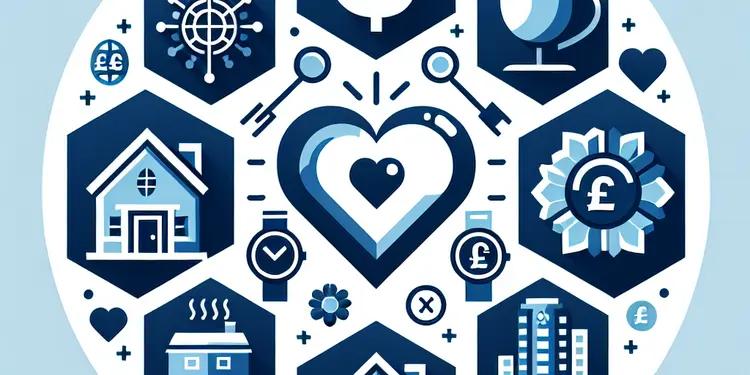
Are there different types of care homes?
Relevance: 28%
-
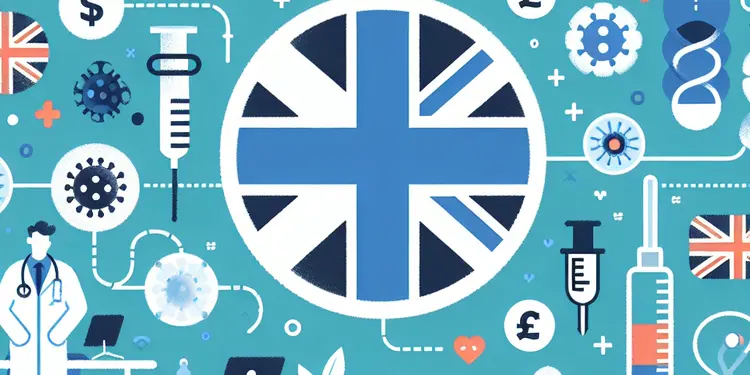
What are the main types of meningitis?
Relevance: 28%
-
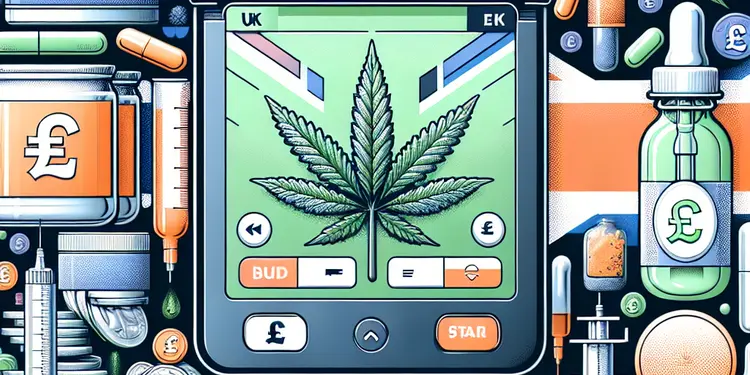
Are there different types of cannabis extracts?
Relevance: 28%
-

What complications are associated with Type 2 Diabetes?
Relevance: 28%
-

How is Type 2 Diabetes treated?
Relevance: 28%
-
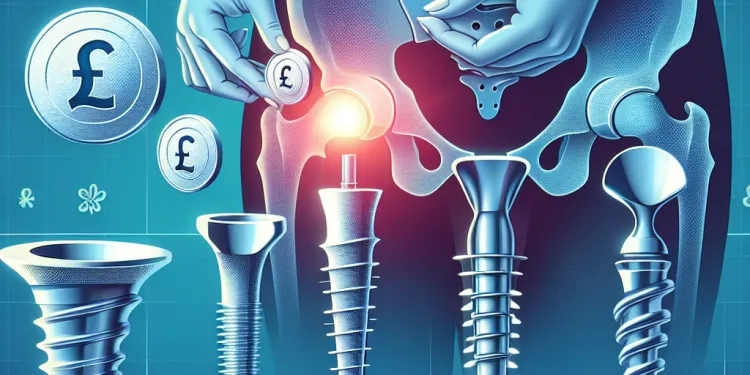
Are there different types of hip implants?
Relevance: 27%
Introduction to Thrombosis
Thrombosis refers to the formation of a blood clot within a blood vessel, which can impede or block the flow of blood in the circulatory system. Understanding the different types of thrombosis is crucial for effective diagnosis and treatment. This article delves into the various forms of thrombosis that affect individuals, particularly in the UK.
Deep Vein Thrombosis (DVT)
Deep Vein Thrombosis, commonly abbreviated as DVT, occurs when a blood clot forms in one of the deep veins, typically in the legs. It can cause swelling, pain, and redness in the affected limb. DVT is concerning because the clot can dislodge and travel to the lungs, leading to a pulmonary embolism, which can be life-threatening. Risk factors include prolonged immobility, surgery, certain medical conditions, and genetic predispositions.
Pulmonary Embolism (PE)
Pulmonary Embolism is a condition in which a clot, often originating from a DVT, travels through the bloodstream and gets lodged in a lung artery. This can obstruct blood flow, leading to symptoms such as shortness of breath, chest pain, and coughing up blood. PE is a medical emergency that requires immediate attention. Prevention of DVT is key to reducing the risk of PE.
Arterial Thrombosis
Arterial Thrombosis involves the formation of a clot in an artery. This type of thrombosis can lead to serious medical conditions such as strokes and heart attacks. A clot in the coronary arteries can cut off blood supply to the heart, resulting in a myocardial infarction, while a clot in the cerebral arteries can lead to an ischemic stroke. Atherosclerosis, where arteries are narrowed by fatty deposits, is a significant risk factor for arterial thrombosis.
Superficial Venous Thrombosis
Superficial Venous Thrombosis, also known as superficial thrombophlebitis, occurs in veins close to the surface of the skin. While it can be painful and cause swelling, it is generally less serious than DVT and rarely leads to major complications. Treatment focuses on relieving symptoms and may include anti-inflammatory medications and compression stockings.
Conclusion
Understanding the types of thrombosis is vital for identifying symptoms and seeking appropriate medical care. While some forms of thrombosis, such as DVT and PE, can be life-threatening, others like superficial venous thrombosis tend to be less severe. It is essential to be aware of risk factors and engage in preventative measures, such as regular physical activity and staying hydrated, to mitigate the chances of developing thrombosis.
What is Thrombosis?
Thrombosis happens when a blood clot forms inside a blood vessel. This can block blood from moving around your body. Knowing about different types of thrombosis helps doctors treat it better. In this text, we will talk about types of thrombosis that are common, especially in the UK.
Deep Vein Thrombosis (DVT)
Deep Vein Thrombosis, or DVT, happens when a blood clot forms in a deep vein, usually in the legs. This can make your leg swell, hurt, and turn red. DVT is serious because the clot can move to your lungs, which is very dangerous. Things that can increase risk of DVT include sitting still for a long time, having surgery, some health problems, and family history.
Pulmonary Embolism (PE)
Pulmonary Embolism, or PE, starts when a clot from DVT moves to your lungs. This can block blood flow in the lungs. This causes trouble breathing, chest pain, and coughing up blood. PE is a medical emergency, so it needs fast help. Stopping DVT helps to lower the risk of PE.
Arterial Thrombosis
Arterial Thrombosis is when a clot forms in an artery. This can lead to strokes and heart attacks. If a clot blocks the heart’s arteries, it can cause a heart attack. If a clot blocks the brain’s arteries, it can cause a stroke. Arteries getting narrow because of fatty build-up, called atherosclerosis, is a big risk for arterial thrombosis.
Superficial Venous Thrombosis
Superficial Venous Thrombosis, also known as superficial thrombophlebitis, happens in veins near the skin. It can hurt and swell, but is usually not as serious as DVT. It rarely causes big problems. Treatment includes easing pain with medication and sometimes wearing tight stockings to help.
Summary
Knowing about thrombosis types helps you know the signs and get medical help when needed. Some thrombosis types, like DVT and PE, are very serious. Others, like superficial venous thrombosis, are not as dangerous. It’s important to know risks and do things to stay healthy, like moving often and drinking water, to lower the chances of getting thrombosis.
Frequently Asked Questions
What is thrombosis?
Thrombosis is the formation of a blood clot within a blood vessel, which can impede the flow of blood through the circulatory system.
What are the main types of thrombosis?
The main types of thrombosis are deep vein thrombosis (DVT) and arterial thrombosis.
What is deep vein thrombosis (DVT)?
Deep vein thrombosis is a condition where a blood clot forms in a deep vein, usually in the legs.
What is arterial thrombosis?
Arterial thrombosis is the formation of a blood clot in an artery, which can lead to events such as a heart attack or stroke.
Can thrombosis occur in any vein?
Thrombosis can occur in any vein, but it most commonly occurs in the deep veins of the legs or the veins leading to major organs.
What are the symptoms of deep vein thrombosis?
Symptoms of DVT may include swelling, pain, and redness in the affected leg, often in the calf.
What are the risk factors for developing thrombosis?
Risk factors include extended periods of immobility, certain medical conditions, smoking, obesity, and a family history of the condition.
Is thrombosis more common in veins or arteries?
Thrombosis is more common in veins, particularly deep veins in the legs, but arterial thrombosis is more immediately life-threatening.
How is thrombosis diagnosed?
Thrombosis is diagnosed using imaging tests such as an ultrasound, CT scan, or MRI, as well as blood tests.
What treatments are available for thrombosis?
Treatments include anticoagulants (blood thinners), thrombolytics, compression stockings, and lifestyle changes.
Can thrombosis lead to other health complications?
Yes, thrombosis can lead to serious complications such as pulmonary embolism, heart attack, or stroke.
What is a pulmonary embolism?
A pulmonary embolism is a blockage in one of the pulmonary arteries in the lungs, usually caused by blood clots that travel from the legs.
What lifestyle changes can help prevent thrombosis?
Lifestyle changes such as regular exercise, maintaining a healthy weight, and avoiding prolonged periods of immobility can help prevent thrombosis.
Can thrombosis be hereditary?
Yes, having a family history of thrombosis can increase the risk of developing the condition.
How does immobility increase the risk of thrombosis?
Immobility can slow blood flow in the veins, increasing the risk of clot formation.
What are other forms of venous thrombosis besides DVT?
Other forms include superficial thrombophlebitis, portal vein thrombosis, and cerebral venous sinus thrombosis.
Is thrombosis more serious in arteries compared to veins?
Arterial thrombosis is often more serious due to the critical supply areas like the heart and brain being affected, leading to heart attacks or strokes.
How can smoking affect the risk of thrombosis?
Smoking damages the blood vessel walls and increases the likelihood of clot formation, raising the risk of thrombosis.
What complications can arise from untreated DVT?
Untreated DVT can lead to serious complications such as pulmonary embolism or post-thrombotic syndrome.
Are there preventative medications for thrombosis?
Yes, medications such as anticoagulants are often prescribed for people at high risk to prevent thrombosis.
What is thrombosis?
Thrombosis is when a blood clot forms in a blood vessel. A blood clot is a thick lump of blood. It can stop blood from flowing through the blood vessel.
To understand this better, you can:
- Look at pictures or videos about blood clots.
- Ask a grown-up to explain it to you.
- Use a dictionary to find the meaning of words that are hard to understand.
Thrombosis is when a clot forms in your blood. This clot can block the flow of blood in your body.
What are the main types of thrombosis?
Thrombosis means there's a blood clot in your body. A blood clot is a sticky lump of blood.
There are two main kinds:
- **Deep Vein Thrombosis (DVT):** This is when a blood clot is in a deep vein. These veins are usually in your legs.
- **Pulmonary Embolism (PE):** This is when a blood clot travels to your lungs. It can make it hard to breathe.
If you want to learn more, ask a doctor or nurse. They can help you understand. You can also use pictures or videos to help explain.
There are two main types of blood clots.
One type is called deep vein thrombosis or DVT. This means the blood clot is deep in a vein.
The other type is called arterial thrombosis. This means the blood clot is in an artery.
If you find this hard to read, you can ask someone to help you. You can also use tools on your computer or phone that read text out loud.
What is deep vein thrombosis (DVT)?
Deep vein thrombosis, or DVT, is a blood clot. It happens in a vein deep inside the body. Most of the time, DVT is in a leg. It can make your leg hurt and swell up.
If you have trouble reading, you can use tools like audiobooks. There are also apps that can read text out loud.
Deep vein thrombosis happens when a blood clot forms in a deep vein. This usually happens in the legs.
What is arterial thrombosis?
Arterial thrombosis is when a blood clot forms inside an artery. Arteries are blood vessels that carry blood away from the heart to the rest of the body. When a blood clot blocks an artery, it can cause serious problems because blood can't get to where it's needed.
Tools like pictures and simple diagrams can help understand this better. Talking to someone or reading about it together might also be useful.
Arterial thrombosis happens when a blood clot forms in an artery. This can cause things like a heart attack or a stroke.
Can a blood clot happen in any vein?
Support tools: You can use pictures of veins and clots. Ask someone to help explain with simple words.
Blood clots can happen in any vein. But, they most often happen in the deep veins in the legs or in veins that go to important parts of the body.
What signs show deep vein thrombosis?
Deep vein thrombosis (DVT) is when a blood clot forms in a vein, often in the leg. Here are some signs to look out for:
- Pain or soreness in your leg.
- Swelling in your leg, ankle, or foot.
- Red or warm skin where the clot is.
- Tight or heavy feeling in the leg.
If you feel any of these signs, tell an adult or a doctor.
To help understand more, you can use:
- Pictures or videos about DVT.
- A doctor or nurse to answer your questions.
- Talking it over with someone you trust.
Signs of DVT can show up as swelling, feeling hurt, and the skin turning red in the leg that has a problem. It often happens in the lower part of the leg, called the calf.
What makes it more likely to get a blood clot?
Some things can make you more likely to get a blood clot in your body. Here are some things to look out for:
- If someone in your family has had blood clots
- Not moving around for a long time, like on a long plane ride
- Being very overweight
- Smoking cigarettes
- Being pregnant or just having had a baby
- Being older
- Taking some kinds of medicines like birth control pills
When you know what can make blood clots happen, you can help to prevent them. Here are some things you can do:
- Move around and stretch if you sit for too long
- Eat healthy and stay active
- Talk to your doctor before taking new medicines
If you are worried, talk to a doctor or a nurse. They can help you understand more.
Things that can make the problem worse are:
- Not moving for a long time
- Some health problems
- Smoking
- Being very overweight
- If other people in your family have had it
Here are some helpful ideas:
- Move around often
- Talk to your doctor about your health
- Try not to smoke
- Eat healthy food
- Ask your family about their health
Where does thrombosis happen more: in veins or arteries?
Blood clots happen more often in veins. This is usually in deep veins in the legs. But clots in the arteries are more dangerous and can cause serious problems fast.
How do doctors find out if you have a blood clot?
Doctors find out if someone has thrombosis by looking inside the body. They use special tests like ultrasound, CT scan, or MRI. They also check the blood with blood tests.
What can you do if you have thrombosis?
If you have a blood clot, doctors can help. Here are some ways they treat it:
- Medicines: Doctors give pills or shots to make the blood thin. This helps stop clots.
- Compression Stockings: These are tight socks that help blood move in your legs.
- Special Filters: Doctors can put a tiny filter in blood tubes. This catches clots.
- Talk to Your Doctor: Always ask the doctor what is best for you!
Ask family or friends for help. They can go with you to see the doctor. This can make things easier.
Treatments to help your blood flow better are:
- Blood thinners (medicine to make blood less thick)
- Special medicine to break down blood clots
- Tight socks called compression stockings
- Changing how you live, like eating healthy and exercising
If you need help, you can ask a doctor, use picture charts, or watch videos to learn more.
Can a blood clot cause more health problems?
Yes, thrombosis can cause big problems. It can make things like a blood clot in the lungs, a heart attack, or a stroke happen.
What is a pulmonary embolism?
A pulmonary embolism is when a blood clot blocks a blood vessel in the lungs. This can make it hard to breathe and can be very dangerous.
Here are some things that might help you understand more:
- Use pictures or drawings to see how blood flows in the body.
- Ask a doctor or nurse to explain it in simple words.
- Watch videos online that talk about the lungs and what they do.
If you feel worried or don't understand, it's okay to ask someone to explain it again.
A pulmonary embolism is when a blood vessel in the lungs gets blocked. This usually happens because a blood clot travels up from the legs.
How can I change my everyday life to stop blood clots?
Blood clots can be dangerous. Here are some simple changes you can make to stay healthy:
- Move More: Try to walk or stretch every day. This helps blood flow.
- Eat Healthy: Choose fruits and veggies. Avoid too much junk food.
- Drink Water: Water keeps your blood flowing well. Try to drink enough each day.
- No Smoking: Smoking can harm your blood. Talk to someone if you need help to quit.
- Talk to Your Doctor: Ask your doctor about other ways to stay healthy.
Remember to ask for help if you need it. You can use pictures and videos to understand more.
You can stop thrombosis by making some lifestyle changes.
Try to do regular exercise. This means moving your body often.
Keep a healthy weight. This means not being too heavy or too light.
Do not sit still for too long. Move around every now and then.
Can thrombosis run in families?
Yes, if other people in your family have had thrombosis, it can make it more likely for you to get it too.
Why does not moving make it easier to get blood clots?
Staying still for a long time can make the blood move slowly in the veins. This can make it easier for clots (tiny lumps of blood) to form.
What other kinds of blood clots are there besides DVT?
DVT means a blood clot in a big vein, usually in the leg. But there are other kinds of blood clots too.
Here are some other types:
- Clots in the veins in your arm.
- Clots in the veins near your belly called abdominal veins.
- Clots in veins in your brain called cerebral veins.
If you want help understanding this, you can:
- Ask someone to explain.
- Use a computer to read it aloud.
- Draw a picture of where the clots can be.
Other types include small blood clots in veins near the skin, blood clots in the liver, and blood clots in the brain.
Is blood clotting more dangerous in arteries or veins?
Blood clotting is when blood gets thick and sticky inside the body.
Arteries carry blood from the heart to the rest of the body. Veins bring blood back to the heart.
Clots in arteries can be more serious because they stop blood from getting to important parts like the brain or heart.
Clots in veins can also be serious, but they might cause swelling and pain.
To understand better, you can use pictures or talk with a doctor or nurse.
Arterial thrombosis can be very serious. It happens in important places like the heart and brain. This can cause a heart attack or a stroke, which are very bad.
How does smoking change the chance of blood clots?
Smoking can make it more likely to get blood clots. Blood clots can block blood going to your heart or brain.
If you smoke, try to quit. Ask someone for help. You can also talk to a doctor for advice.
Smoking hurts the walls of your blood tubes. This makes it easier for clots, or lumps of blood, to form. Clots can lead to a problem called thrombosis.
What problems can happen if DVT is not treated?
DVT means deep vein thrombosis. It is a blood clot in a vein, usually in the leg.
If DVT is not treated, it can cause problems. Here are some things that might happen:
- The blood clot can grow bigger.
- The clot can break off and move to the lungs. This is very dangerous and is called a pulmonary embolism.
- The leg might hurt or swell more over time.
- Changes in skin color or sores on the leg could happen.
If you think you have DVT, talk to a doctor. They can help.
To make it easier to understand and remember, you can:
- Use pictures to show how blood moves in the body.
- Ask someone to read with you and explain things.
- Break down the words into smaller parts, like “pulmonary” into “pul-mo-na-ry”.
If DVT is not treated, it can cause big problems. It might lead to something called a pulmonary embolism, or it could cause post-thrombotic syndrome.
To help understand this better, you can use tools like pictures, videos, or talk to someone you trust.
Can medicine stop blood clots?
Useful Links
- Ergsy carfully checks the information in the videos we provide here.
- Videos shown by Youtube after a video has completed, have NOT been reviewed by ERGSY.
- To view, click the arrow in centre of video.
- Most of the videos you find here will have subtitles and/or closed captions available.
- You may need to turn these on, and choose your preferred language.
- Go to the video you'd like to watch.
- If closed captions (CC) are available, settings will be visible on the bottom right of the video player.
- To turn on Captions, click settings .
- To turn off Captions, click settings again.
More Items From Ergsy search
-

What are the types of thrombosis?
Relevance: 100%
-

What is thrombosis?
Relevance: 79%
-

What causes thrombosis?
Relevance: 71%
-

How is thrombosis diagnosed?
Relevance: 70%
-

How is thrombosis treated?
Relevance: 68%
-

Who is at higher risk for thrombosis?
Relevance: 68%
-

What are the risk factors for thrombosis?
Relevance: 68%
-

What are the symptoms of arterial thrombosis?
Relevance: 67%
-

What lifestyle changes can help manage thrombosis risk?
Relevance: 59%
-

Is thrombosis a common condition?
Relevance: 53%
-

What are the symptoms of deep vein thrombosis (DVT)?
Relevance: 51%
-

Why is thrombosis dangerous?
Relevance: 51%
-

A guide to hospital-acquired deep vein thrombosis and pulmonary embolism
Relevance: 51%
-

Type 1 Diabetes supporting adults to manage Type 1 diabetes
Relevance: 32%
-

Can thrombosis be prevented?
Relevance: 32%
-

Can thrombosis recur?
Relevance: 32%
-

Is Type 2 Diabetes hereditary?
Relevance: 32%
-

What is type 1 diabetes?
Relevance: 32%
-

Are there different types of ADHD?
Relevance: 32%
-

Is Ozempic suitable for type 1 diabetes?
Relevance: 30%
-

Can people of any blood type receive a transfusion of any blood type?
Relevance: 30%
-

Prolapse Types and Tips
Relevance: 30%
-

Can Type 2 Diabetes go away?
Relevance: 30%
-

What causes Type 2 Diabetes?
Relevance: 30%
-

Can Type 2 Diabetes be prevented?
Relevance: 30%
-

What are the symptoms of Type 2 Diabetes?
Relevance: 30%
-

Are there different types of asthma?
Relevance: 29%
-

How to manage type 2 diabetes
Relevance: 29%
-

What are the types of LPA?
Relevance: 29%
-

How is Type 2 Diabetes diagnosed?
Relevance: 29%
-

What are the main types of eczema?
Relevance: 29%
-

Can Mounjaro be used in type 1 diabetes?
Relevance: 28%
-

What is the role of insulin in Type 2 Diabetes?
Relevance: 28%
-

What are the types of stoma bags?
Relevance: 28%
-

Are there different types of care homes?
Relevance: 28%
-

What are the main types of meningitis?
Relevance: 28%
-

Are there different types of cannabis extracts?
Relevance: 28%
-

What complications are associated with Type 2 Diabetes?
Relevance: 28%
-

How is Type 2 Diabetes treated?
Relevance: 28%
-

Are there different types of hip implants?
Relevance: 27%


